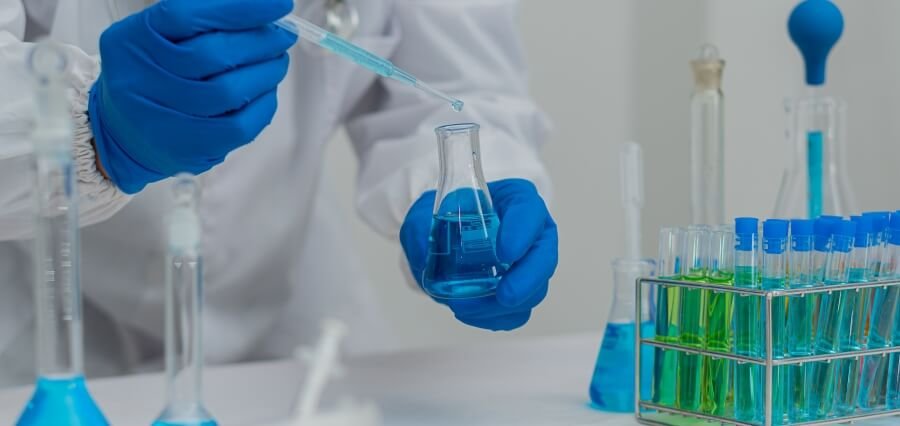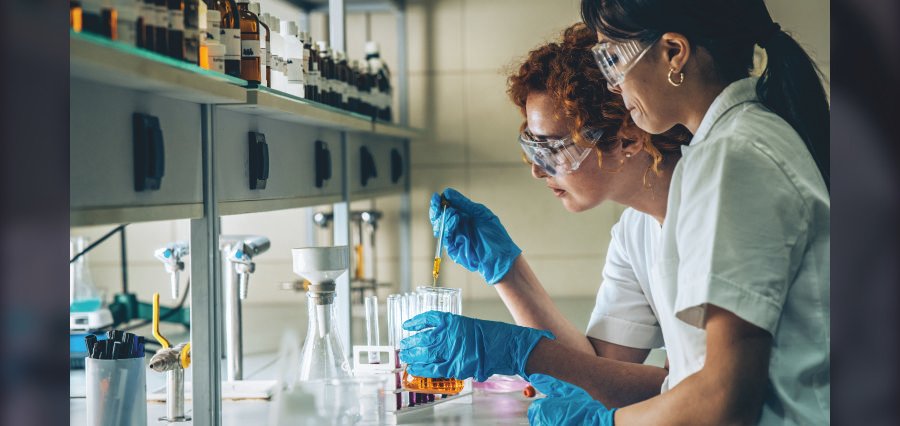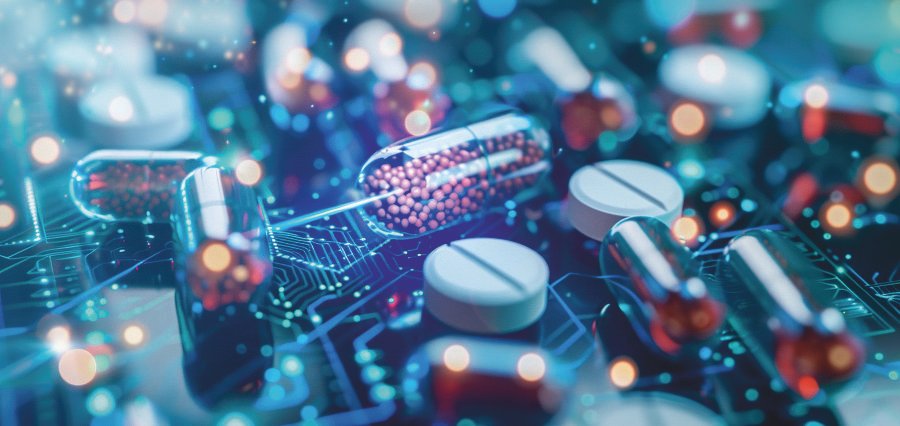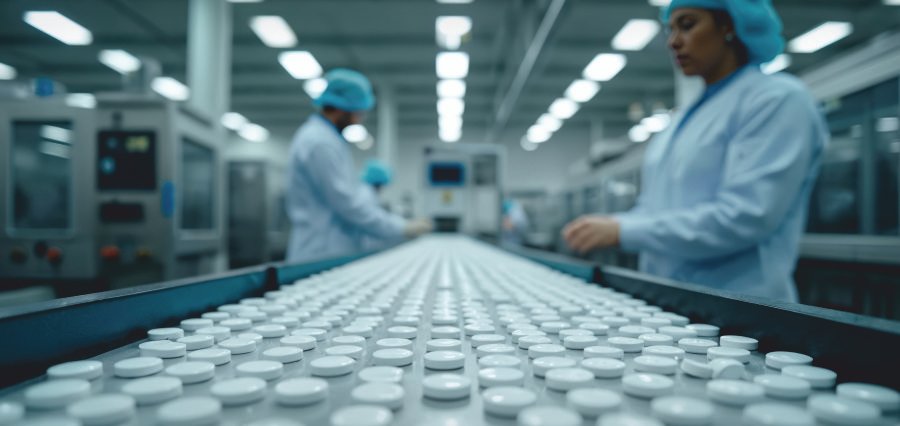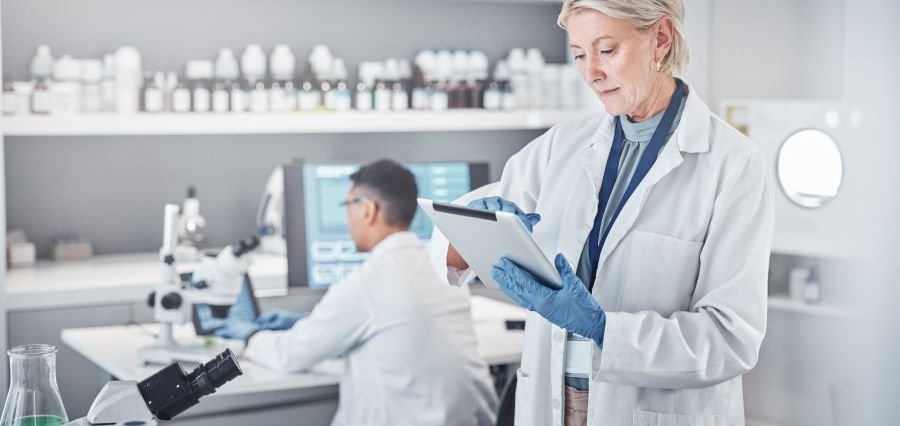One of the most significant and unexpected changes in the healthcare sector is not really the new therapies or cures but rather the ability to diagnose diseases before they have a bad impact on the human body. The in vitro diagnostics (IVD) have come to the forefront as a silent but very important factor changing the way we look at health, diseases, and the prevention phase. Moving further into 2025, it is not that IVD is still considered a specialized field of medical science, but that it is the center of the world’s efforts to achieve accurate, predictive, and patient-centric healthcare.
The phrase “IVD” signifies medical examinations carried out on blood, tissue, or urine samples taken from a human body. Unlike traditional diagnostic methods that frequently depend on visible symptoms or trial treatments, IVD detects biological markers to offer highly precise results. In essence, it gives the physicians a backstage view—without the necessity of invasive operations—and aids them in forming judgments based on evidence.
The Growing Importance of IVD in Modern Medicine
The power of IVD is in its potential to rescue both animal and human lives. Imagine a situation of being able to detect a disease in its very early stage or customizing therapy to a patient’s genetic make-up. It is exactly the kind of promise that IVD fulfils. The global market for IVD has expanded exponentially over the last ten years, with the major factors being increasing chronic diseases, aging populations, and the demand for early detection. Industry data predicts that the market could exceed hundreds of billions of dollars at the end of the decade, highlighting the extent of its influence on healthcare systems worldwide.
IVD is making the diagnosis more efficient in 2025 by decreasing time and costs while increasing accuracy. IVD gives the timely and practical insights not only to the doctors but also to the patients when it comes to detecting infectious diseases like COVID-19 and influenza or identifying cancer mutations. The clearest evidence of IVD’s effect was the situation during the pandemic when rapid testing enabled countries to deal with outbreaks efficiently. The change that started as a crisis reaction has now become a shift from centralized to decentralized, point-of-care diagnostic systems.
The Mechanism of IVD: An Insider’s View
IVD accomplishes the goal via the use of several components—immunoassays, molecular diagnostics, hematology testing, the sequence of the next generation, etc. The function of these instruments is to find the molecules or microorganisms that show new or existing diseases. For example, a molecular diagnostic test can pick up on one single genetic mutation that relates to cancer, while an immunoassay could be used to find antigens that show viral infection.
Unlike traditional lab tests that usually take days, today’s IVD systems can produce the results in minutes. Clinics, pharmacies, and even homes are now equipped with portable IVD devices, which have become their staples. One of the clearest indicators that IVD is changing the healthcare system into one that is more accessible is the democratization of diagnostic testing.
In 2025, the science behind IVD is as intriguing and complex as it was. Result interpretation facilitated by AI results in accuracy and minimum human error. Machine learning algorithms go through enormous datasets to detect trends—giving the clinician hitherto unseen insights. This alliance of IVD and AI is the new horizon of precision medicine.
IVD in Precision and Preventive Healthcare
The transition from treatment of diseases to their prevention has been one of the major changes in the history of present-day medicine, and the contribution of IVD to this change is quite substantial. It helps to decrease the emotional and monetary costs of advanced disease by allowing the detection at the early stages.
For instance, in the case of heart diseases, IVD tests can find the causes of the disease angiomas far away from the sources of the first attack (this can be a long time before the patient suffers a heart attack). Treatment with drugs along with a change in lifestyle will be feasible in such situations. In cancer, the use of molecular IVD testing to identify the most effective drug combination for a specific genetic profile has made personalized medicine mainstream.
This method just doesn’t preserve lives—it also improves their quality. Health-wise, patients are now equipped with the know-how they need in order to be an active part in their treatment. IVD has made diagnosis communication between a doctor and a patient, not a one-way interaction.
The Economic and Societal Impact of IVD
The power of IVD to improve health is not the only thing that has changed. Talking about the economy, it has fundamentally altered the manner in which healthcare funds are distributed. Preventive diagnosis can lower the rate of hospitalization and the total amount of money used for the treatment, which equals a reduction of the expenditure of patients and the government budget. Thus, early detection of diabetes or liver diseases will stop health issues from getting worse and decrease the cost of care overall.
IVD also plays a significant role in monitoring public health. Large-scale testing is the means used by health officials to spot the progression of different diseases. In this way, they can quickly pinpoint the sources of infection before the disease has a chance to spread widely. This is one of the reasons why such a data-driven responsibility has become instrumental in global health monitoring and rescuing timely interventions.
As a constantly evolving IVD continues to operate, a new trend has also been discovered in the sector:personalized home testing kits that directly connect with the digital health platforms. These are the smart tests that give prompt results and simultaneously upload the data to the doctors, who can then supervise in real time. They are a major step towards a vision of health care that is continuous, connected, and focused on prevention.
Challenges and Future Potential for IVD
In spite of its great potential, IVD still encounters problems that have to be tackled before it can realize its full capacity. For one thing, the procedure of getting the green light from the Regulatory Commission is rather complicated because diagnostic data are so sensitive. Besides that, many poor countries still suffer from the lack of good quality IVD infrastructure, which leads to health delivery inequalities.
Another one of the urgent matters that surround the topic of data security. The digitalization of IVD testing results in heightened requirements for the protection of patient information as the trend progresses. So security is becoming a top concern for healthcare providers and product manufacturers as they gear up to launch new healthcare digital models that are not only completely private but are also interoperable.
The future of IVD looks really bright if we talk in the long run. It’s just with nanotech and biotech that people might have access to the state-of-the-art tools, which might be capable of identifying the diseases much earlier than in a normal scenario where symptoms might be the first cue. Just imagine a world where your smartwatch is synced with a micro-IVD sensor that is implanted under your skin, and it is continually analyzing your biomarkers and notifying you in real-time of any potential health risks.
That’s science fiction no longer—it’s the next step that can be achieved. The combination of IVD innovation with the wearable tech and the AI-powered analytics and telemedicine maintains the future where health care depends less on visits to the hospital and is more and more embedded in our daily routines.
Final Thoughts on the IVD Revolution
By 2025, the status of IVD has significantly altered from being confined in laboratories to becoming a major player in personal and public health. It is one of the most innovative and heartfelt care options that offer patients not only a tailored and targeted but also a wholly preventative treatment. The rapid progression of IVD technology isn’t only constituting the future of diagnostics—it’s altering the whole history of medicine.
The IVD doesn’t let humanity down even in those super-critical situations where every second is as precious as gold. It actually gives it something that’s even more valuable: the power to know and act before it’s too late.

